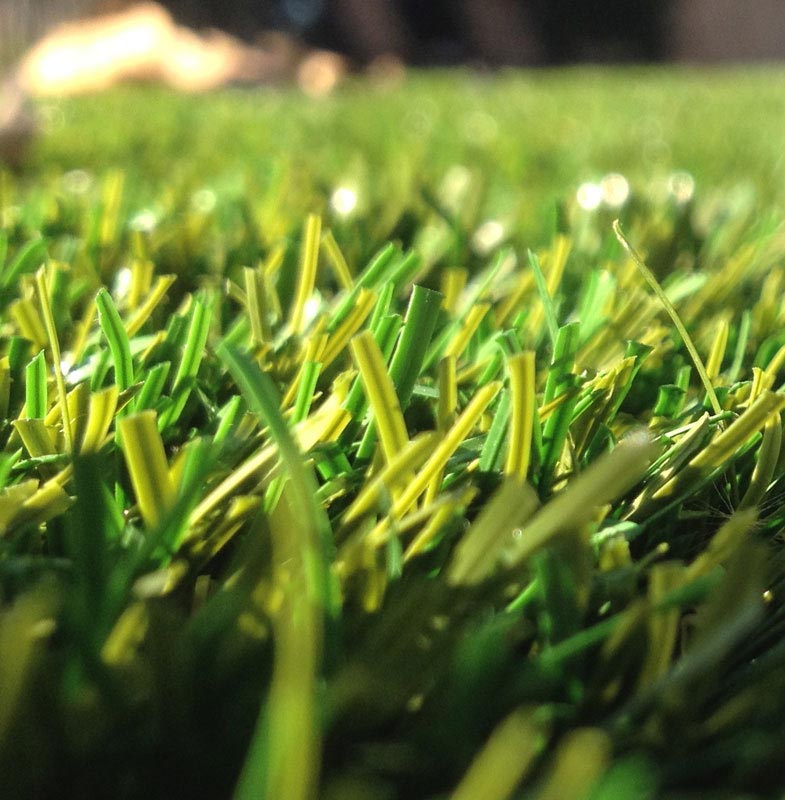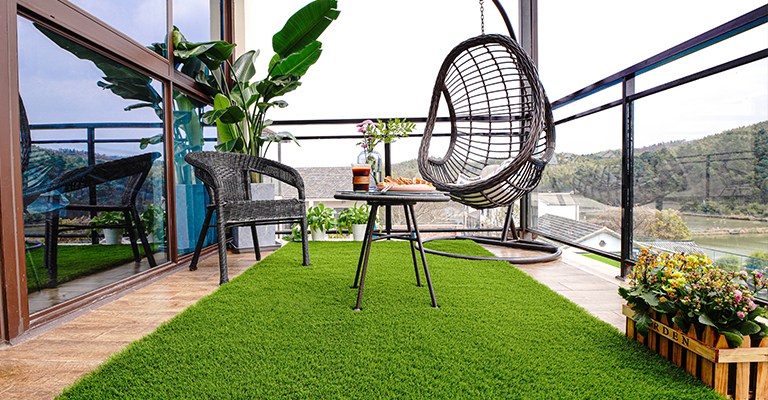Explore the Environmental Perks of Opting for Synthetic Grass Solutions
The adoption of fabricated turf services presents a compelling possibility to attend to pressing environmental obstacles. By significantly lowering water usage and decreasing the application of dangerous chemicals, these choices not just promote sustainable landscaping but also secure neighborhood communities.
Water Conservation Conveniences
One of the most considerable advantages of man-made grass is its capacity to save water. In comparison, artificial lawn does not need watering, dramatically decreasing the overall need for water sources.
By removing the requirement for routine watering, man-made lawn adds to sustainable landscape practices and aids minimize the environmental influence of too much water consumption. Additionally, the preservation of water encompasses the reduction of runoff, which can lead to soil erosion and river contamination.
Additionally, the setup of synthetic grass permits towns and house owners to allot water resources much more successfully, concentrating on necessary uses such as drinking water and agriculture. The change towards synthetic grass not only advertises responsible water usage but also aligns with more comprehensive ecological goals intended at maintaining natural sources.
As neighborhoods significantly prioritize sustainability, the water preservation advantages of synthetic grass offer an engaging case for its fostering in residential and business landscaping tasks.
Lowered Chemical Use
The change to fabricated lawn substantially lowers the reliance on chemical treatments commonly used in natural turf upkeep. Traditional turf management commonly involves the application of chemicals, fertilizers, and herbicides to advertise growth and control pests. These chemicals can posture risks to human wellness, local wild animals, and the setting, adding to dirt and water contamination.
In comparison, fabricated lawn gets rid of the requirement for these harmful compounds. By reducing the launch of artificial substances right into the community, synthetic lawn promotes healthier dirt and water systems.
Additionally, the lack of chemical drainage connected with man-made lawn installments assists protect regional waterways from air pollution, supporting aquatic life and maintaining biodiversity. Phoenix turf companies. As communities significantly prioritize sustainable methods, selecting synthetic grass offers a feasible remedy that aligns with environmental preservation goals. Via this change, homeowner can enjoy lush environment-friendly rooms without endangering eco-friendly health, leading the way for a more sustainable future
Lower Carbon Impact

Furthermore, the installation of synthetic grass can cause substantial water preservation. All-natural yards require considerable amounts of water for irrigation, which not just includes to the carbon footprint associated with water removal and treatment but also stress local water resources. In contrast, synthetic grass requires marginal upkeep, needing no watering, consequently significantly lowering water use and its linked power expenses.
In addition, the durability of man-made lawn contributes to its reduced carbon effect. With a life-span of approximately 15 years or even more, the requirement for frequent replacements is decreased, resulting in less waste and lower power intake in manufacturing and taking content care of typical yard choices. Generally, fabricated lawn provides a sustainable option for eco mindful landscape design.
Habitat Conservation
Habitat conservation is a vital factor to consider in the dispute over landscape design choices, specifically when contrasting synthetic turf to natural lawn. All-natural yard lawns commonly call for considerable maintenance, consisting of making use of herbicides, pesticides, and plant foods, which can negatively affect neighborhood ecological communities. These chemicals can leach into the dirt and rivers, harming native plants and animals and interrupting regional environments.
In contrast, synthetic lawn provides a chance to lower the environmental impact of landscape design. By going with artificial turf, house owners can decrease the interruption of natural environments connected with conventional yard care practices. Man-made turf gets rid of the need for harmful chemicals, thereby safeguarding close-by wild animals and keeping the honesty of surrounding ecosystems. The installment of fabricated lawn can lead to the conversion of previous yard areas into more biodiverse landscapes, such as pollinator yards or indigenous plant areas, which can sustain regional wildlife.
Eventually, the change to synthetic grass not only preserves water and lowers upkeep initiatives but also cultivates an extra unified relationship in between human activities and the native environment, promoting habitat conservation at the same time.
Long-Term Sustainability
Long-term sustainability is a vital consider evaluating the benefits of man-made grass over typical lawn lawns. One of one of the most considerable benefits of synthetic grass is its durability; it can last approximately 15-20 years with very little upkeep, whereas all-natural yard requires constant reseeding and replacement. This long life decreases the demand for consistent resources, such as water, fertilizers, and pesticides, which are vital for preserving a healthy turf yard.
Additionally, artificial grass adds to a reduction in carbon discharges connected with grass treatment equipment. Typical yards commonly need gas-powered lawn mowers, trimmers, and blowers, all of which contribute to air pollution. Artificial turf companies phoenix. On the other hand, fabricated grass removes the demand for such equipment, promoting a cleaner setting
Additionally, the manufacturing of synthetic grass increasingly makes use of recycled materials, boosting its sustainability profile. As manufacturers embrace green practices, the ecological footprint of man-made turf remains to decrease.

Verdict
The adoption of artificial lawn solutions offers considerable ecological benefits, including significant water conservation, minimized dependence on dangerous chemicals, and a lower carbon impact. Furthermore, synthetic grass aids in preserving all-natural Discover More Here habitats by decreasing land disturbance and promoting lasting sustainability through the use of sturdy materials. Jointly, these aspects underscore the capacity of synthetic grass to contribute positively to environmental health and supply a sensible choice to traditional landscaping practices in a significantly resource-conscious globe.
In comparison, artificial grass does not need watering, dramatically lowering the total demand for water sources. By decreasing the release of synthetic substances right into the community, man-made lawn promotes healthier soil and water systems.
Additionally, the installment of man-made lawn can result in substantial water preservation. In comparison, synthetic turf needs minimal upkeep, needing no watering, consequently dramatically minimizing water usage and its linked power prices.
